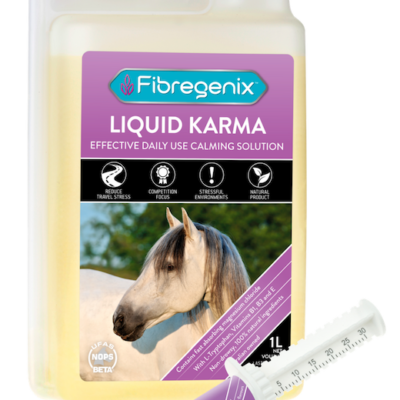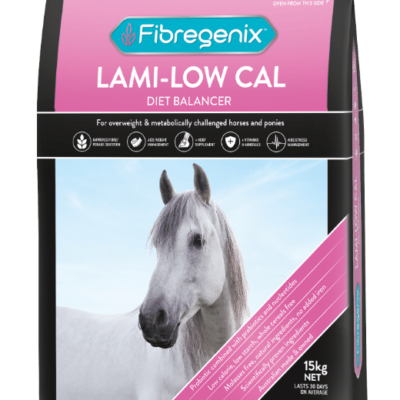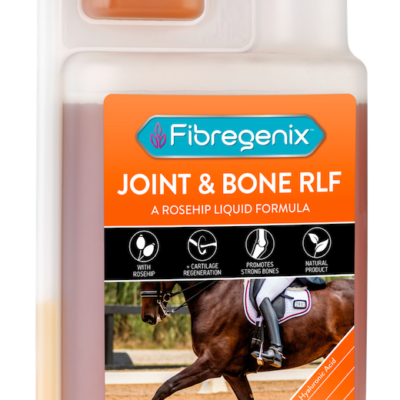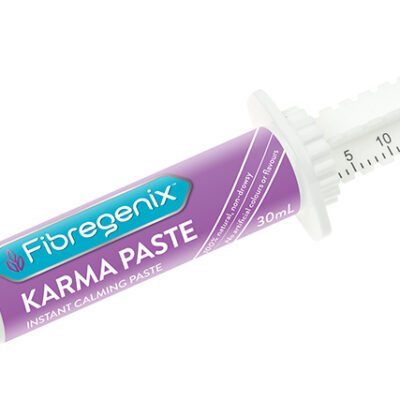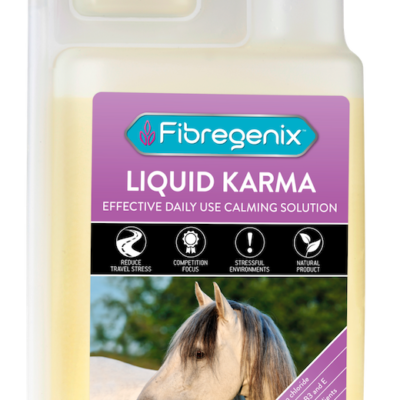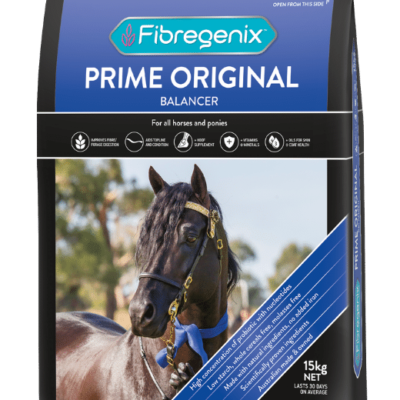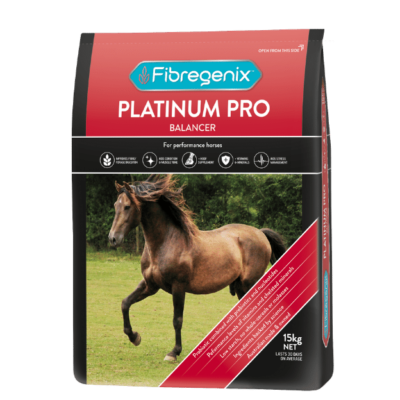Sep 30, 2024 | General feeding practices
Why SAND is good for your horse…
Wait – you say – did I just read that right? Sand??? Surely not?! Actually, you can breathe a sigh of relief because I’m talking about SAND – Supporting All Nutrient Deficiencies 😊
So why do horses get nutrient deficiencies?
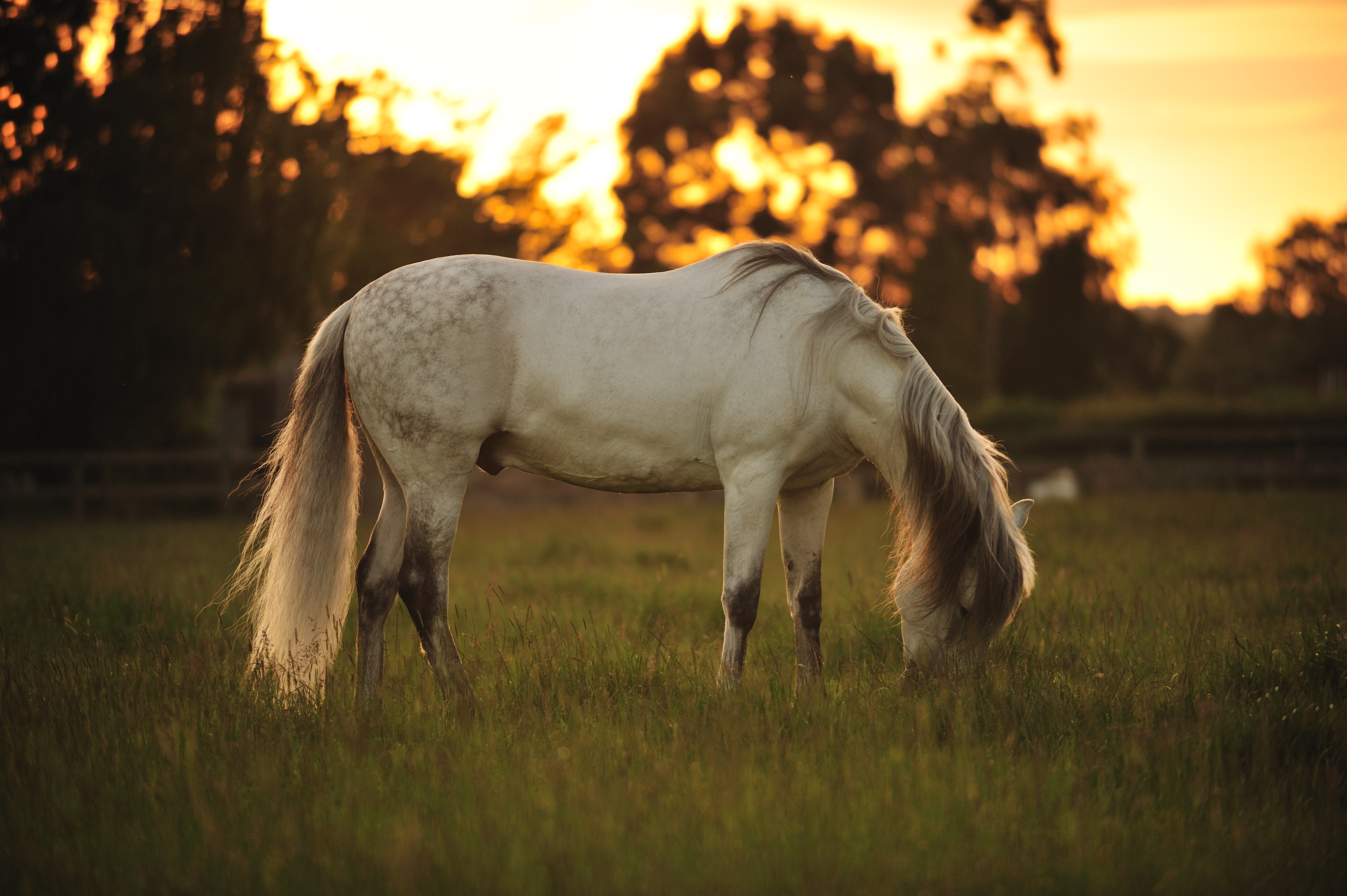
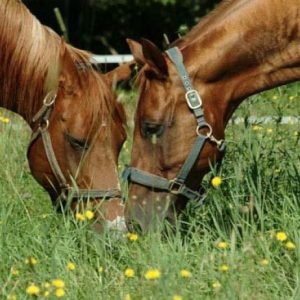
 Horses have evolved to roam for miles surviving on mostly grass forage and consume a wide range when available. Compared to their feral cousins, domestic horses have far more challenges when it comes to their diets. We provide restricted areas by creating paddocks which often have limited forage types or unsuitable grass species. Plus, availability and nutrient uptake content can fluctuate considerably from season to season, as well as challenges with soil deficiencies. In the short term – just like us – equines are reasonably resilient to many nutrient deficiencies or even excesses. However long-term, problems start to creep in. Poor hooves and coat quality, loss of topline and overall condition, digestive issues leading to poor performance and behaviour etc. The list goes on. Despite us having access to a plethora of the latest and greatest fortified hard feeds and hay at our disposal.
Horses have evolved to roam for miles surviving on mostly grass forage and consume a wide range when available. Compared to their feral cousins, domestic horses have far more challenges when it comes to their diets. We provide restricted areas by creating paddocks which often have limited forage types or unsuitable grass species. Plus, availability and nutrient uptake content can fluctuate considerably from season to season, as well as challenges with soil deficiencies. In the short term – just like us – equines are reasonably resilient to many nutrient deficiencies or even excesses. However long-term, problems start to creep in. Poor hooves and coat quality, loss of topline and overall condition, digestive issues leading to poor performance and behaviour etc. The list goes on. Despite us having access to a plethora of the latest and greatest fortified hard feeds and hay at our disposal.
So, what is going on exactly and what can we do about it?
Forage – is this supporting all nutrient deficiencies?
The world climate is changing – FACT. And we cannot always rely on consistent supplies of decent quality hay that’s sweet smelling, dust and mould free. or of a type that’s wholly compatible with the horse’s delicate digestive system. Shortages are becoming more commonplace resulting in panic buying leading to lack of choice and availability. This results in people having to feed cereal forage just to keep roughage going through their horse. But is this a problem? Well, potentially yes. For example, in WA this year with chronic hay shortages there was a significant rise in cases of impaction colic. Cause? Feeding barley straw as a sole forage source.
What can you do?
Well, thank goodness the new season crops are starting to arrive which takes the pressure off. So look for the best quality hay that will be best utilised by your horse. But again, try and refrain from ‘stocking up’ unnecessarily otherwise we’ll be back to square one again.
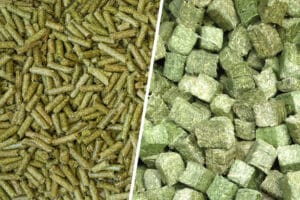 Consider bagged fibre products to complement hay intake. The latest lupin fibre mash products spring to mind or hay cubes/pellets. Remember, investing in a quality feed ultimately pays dividends.
Consider bagged fibre products to complement hay intake. The latest lupin fibre mash products spring to mind or hay cubes/pellets. Remember, investing in a quality feed ultimately pays dividends.
Hard feed – is this supporting all nutrient deficiencies?
Many people have performance horses that need the type of energy that only a starch-based hard feed can supply. And there are plenty to choose from. Just be certain your horse really needs hard feeding for his workload and don’t forget the rules about feeding starch. Ie, feed small amounts often to avoid digestive problems. Where possible, rely on quality forage sources, fat based or legumes instead. But here’s a question. Can hard feed really do the job of supporting all nutrient deficiencies? Well, if you feed the recommended daily serve as suggested on the bag, then yes, it can. After all, that’s what it’s been formulated to do. But feed far less than the recommended daily serve and this is when the wheels start falling off. A bag of hard feed has daily feeding rates typically in the range of 0.25 up to 0.5kg per 50kg of body weight. This is to ensure the horse gets a full complement of essential daily nutrients. However, feeding less than this will leave your horse with key deficiencies that over time might cause health issues.
Supplements – supporting all nutrient deficiencies.
Ah, a great bone of contention for many. When belts need tightening and purse strings need shortening, what’s the first thing we ditch in the horse’s diet? Supplements! I see it all too often. And for sure, supplements can be an expensive addition to your horse’s diet. But does he really need them? Many will swear by the practice of keeping things simple, relying on natural, non-processed feeds and their horses thrive. But what about those horses who end up not thriving? My inbox is bulging with queries from people who tried to keep it simple and failed. Their horses dropping weight like a stone, looking pretty average, and issues like gastric ulcers or worse have developed. Do you have the best maintained and healthiest paddocks and access to the best quality hard feeds and hay? If yes, wonderful!! If not, then many people will ditch supplements and feed a fraction of that hard feed. Primarily too make it last longer and save money. Unfortunately, this practice is going to ultimately impact your horse’s health and well-being long term. End result? Yep, more vet’s bills….
So where does SAND come into the picture?
We’ve all read about the perils of over-supplementing or under-supplementing. Knowing the importance of vitamins and minerals to horse health shouldn’t lead to the assumption, “if some is good, more must be better.” I tend to see more cases of over-supplementing which are keeping people (and horses) the poorer for it. There’s an optimal range (sometimes wider, sometimes more narrow) for each vitamin and mineral required by the horse’s body. Toxicity can result from stepping past the upper limit of that range. And it’s often no less dangerous to a horse’s health than the deficiency caused by failing to meet the lower threshold. This is why when it comes to supporting all nutrient deficiencies, keeping it simple is still the way to go. Important to note that if a nutrient isn’t in a form that’s easily digested and absorbed, it may as well have never been fed at all.
So what should I look for in a supplement that is SAND? Well fortunately, we have a pretty awesome solution… A Fibregenix balancer supplement. These supply quality digestible protein, omega 3 and 6 fatty acids, every essential vitamin and mineral including bioavailable chelate forms. Not only that, they include the very best in digestive and gut health aids. All wrapped up in a palatable fibre package that horses love.
How will they help?
Our range of 3 very nutrient dense specialist Fibregenix balancer supplements is whole cereal free, super low in starch and sugars and each balancer is multi-faceted in their approach and function.
Here’s just a few of the things you can expect…
- they’ll complement that forage diet your good doer is on;
- help you cut down on starch-based hard feed for that performance horse you compete on. Look after his digestive and gut health promoting fitness and work recovery. Boost immunity, and help to manage his stress levels.
- give your golden oldie a valuable boost of essential nutrients and support his digestive capability,
- support your metabolic or laminitic horse or pony with vital nutrients and powerful gut health aids.
- promote topline and condition for your poor doer who needs a much needed pick me up and better feed utilisation.
- support your convalescing horse providing a valuable boost of nutrients, whilst helping him to keep calm aiding in his recovery.
- boost your broodmare’s nutrition during pregnancy and lactation. Provide great gut health from the start for your foal. Ensures your youngsters have steady growth rates, great quality hooves and coat. Support the bone development of growing horses.
Get the picture? And they deliver so much more for so many categories of horses and ponies. Not only that, you’ll consolidate your supplements in one palatable product which will save you money long term.
All these benefits in 3 amazing products proving that sometimes SAND is what your horse needs… Where would you be without them 😊
The Take home message is:
It’s well worth investing in a quality product rather than risking expensive vet bills because you made an unwise decision to go for the cheapest option. After all, how much forage, hard feed and Fibregenix could you have bought for your horse with the last colic related vet bill?
“Let food be thy medicine, and medicine be they food” Hippocrates (400BC)
Apr 29, 2024 | Digestive health
Feed balancers help to provide a more natural diet
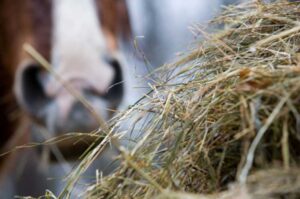 The demand for feed balancers reflects a greater understanding of nutrition and gut health. We’re all aware of the importance of providing a more natural, high-fibre diet. Fibregenix feed balancers do much to support this way of feeding. They do this by promoting good hind-gut function through the inclusion of ingredients such as yeast cultures.
The demand for feed balancers reflects a greater understanding of nutrition and gut health. We’re all aware of the importance of providing a more natural, high-fibre diet. Fibregenix feed balancers do much to support this way of feeding. They do this by promoting good hind-gut function through the inclusion of ingredients such as yeast cultures.
Although we all talk about providing a balanced diet, there’s always an element of guesswork involved in feeding horses. How many of you have grazing or hay analysed? Do you weigh every feed or haynet? How do you know how much your horse has eaten during his day in the field?
Fibregenix feed balancers – a simple solution
Fibregenix feed balancers are ideal for the modern horse owner because they can provide a simple solution to many common problems.
Their combination of concentrated key nutrients means you don’t need to add further supplements. Furthermore, a small amount offers maximum feed utilisation and fibre digestion. This means that these products do several jobs at once and can save time and money.
Which feed balancer should I feed my horse?
Despite their popularity, many of us are still confused about feed balancers. They are easily confused with horse and pony pellets or compound mixes. Of course, they’re neither – although seen as supplementary feedstuffs, they are in a category all of their own.
Fibregenix balancers are low in calories and provide essential nutrients, but not energy. They’re an especially convenient and effective means of feeding horses at maintenance or light work where they balance a high-fibre diet. Additional energy sources eg straights or compound feeds can be added alongside them if your horse is in harder work.
Be mindful of recommended daily feeding levels
Many people rely on estimation when it comes to feeding their horses. So a few grams over or under the recommended daily feeding levels can soon mount up.
Take the horse owner who feeds a compound feed plus a feed balancer. They then throw in a broad spectrum vitamin-mineral supplement or a vitamin E and selenium supplement for good measure. This person certainly doesn’t sit down and calculate the amount of selenium his horse is getting.
It’s easy to give our horses too many nutrients by feeding such a mixture of products. And with supplements, it’s not always the case that more is better. Of course, some surplus nutrients will simply be excreted from the body. But others, eg selenium and vitamins A and D, can cause toxicity problems if fed in excess.
Therefore it’s important to understand what you are feeding when considering a combination of nutritional supplements, compound feeds and feed balancers. This is particularly relevant if the horse is in harder work.
These horses are traditionally more likely to be on a high level of compound feed along with a feed balancer. Sometimes they may also be given an additional feed supplement. At Fibregenix, we’re mindful of the potential problems that such horses face. Therefore we formulate our feed balancers with a margin of safety in key nutritional areas.
Opting for the highest possible specification of feed, then adding other ready-balanced feeds and vitamin and mineral supplements isn’t a good idea. this is because you could push the horse’s nutritional balance over the edge, potentially causing toxicity.
Fibregenix Feed Balancers help to keep things simple
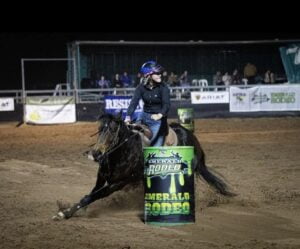
Barrel racer horse fuelled with Fibregenix
It’s all too easy to jump on the latest bandwagon or feed the most attractive product. As horse owners, we obviously want to feel that we’re doing the best for our horses. However, by adding various ingredients to the ration, we’re often fulfilling our own need, but not necessarily that of our horse.
Feeding should be about keeping it simple, which is why Fibregenix feed balancers are such a wonderful concept. They offer a wide range of benefits in a single, concentrated pellet. And, for the horse in light to medium work, can simply be added to the basic forage diet.
For horses in harder work, a Fibregenix feed balancer can also be a key ingredient. Working horses tend to be on higher levels of cereal feed. Coupled with facing the stress of training, travelling and competing, these scenarios can adversely affect the digestive system.
Choosing a Fibregenix feed balancer containing both prebiotics and yeast cultures can help support a healthy digestive tract. This enables your horse to take more out of his diet, so less hard feed can be given without compromising performance.
Fibregenix‘s Platinum Pro performance balancer is specifically formulated for the fit performance horse. It contain nutrients aimed at enhancing fitness and stamina, as well as speeding recovery rates after exertion.
Do horses need a Fibregenix feed balancer?
Our advice to horse owners is to keep their horse’s feeding programmes as simple as possible. Stay with a regime that suits you and your horse.
Many problems arise from over feeding, so you must regard your horse as an individual. Try firstly to fulfil his basic needs for a high-fibre diet, plus high quality vitamins and minerals. Then you can always add an extra source of energy if he requires it for work or weight gain.
Overview of a Fibregenix feed balancer for your horse
- Our balancers aim to ‘balance’ the entire dietary ration by complementing less-nutritious elements.
- They are versatile, and address many common nutrition problems in one step by providing a range of essential nutrients.
- They create optimum conditions for an efficient digestive system.
- Our feed balancers are designed to enable the horse to utilise the various elements of the diet. This means owners can feed fewer concentrates which puts less strain on the horse’s digestive tract.
- Certain vitamin and minerals can, if fed in excess, cause toxicity. Our high-quality feed balancers fed at the recommended inclusion rate negates the need for extra supplementation.
Feb 12, 2024 | Uncategorised
 Studies have proven a direct link between diet and disease in horses. This means that improving the condition can often be achieved by adjusting the diet. Here’s how to feed horses with 4 common health conditions.
Studies have proven a direct link between diet and disease in horses. This means that improving the condition can often be achieved by adjusting the diet. Here’s how to feed horses with 4 common health conditions.
1. Gastric Ulcers
What to feed
Free-choice forage: Provide free-choice forage to help buffer the acid juices in the stomach.
Lucerne: A valuable source of protein and calcium, particularly effective at buffering the stomach from its own acidic contents.
Gastroprotective supplements: Choose those backed by science and give them based on your vet’s advice.
What to avoid
Lots of concentrates: High NSC feeds increase volatile fatty acid (VFA) production. VFAs are essential for fermenting fibre in the hindgut (the cecum and large colon). Conversely, too much in the foregut damages the stomach’s protective mucosal lining = inflammation and ulceration.
Low-fibre diets: Horses eating < 1% of their body weight in forage daily are at increased risk of gastric ulcers.
2. Metabolic disorders
These include insulin dysregulation (ID), equine metabolic syndrome (EMS) and laminitis. Obesity is the top cause of metabolic dysregulation, so diet has the single biggest impact on prevention/management.
What to feed
Enough to meet nutritional requirements: Don’t starve obese and laminitic horses. Restricting a horse’s feed intake too much can lead to secondary health problems. Examples – gastric ulcers, colic, nutritional deficiencies, weight loss, muscle wasting, and behavioural issues.
Low-NSC forage: Prioritize good-quality hay over grass as fresh grass generally has high sugar levels. You may need to limit or skip grass intake altogether. Test hay to ensure NSC levels are low enough to safely feed your metabolically challenged horse.
Soaked hay: This can be done for 30 minutes to an hour before feeding reducing its sugar content. Soaking for longer periods of time (2+ hours) can leach vitamins and minerals out of the hay.
Feed balancer instead of concentrates: (You knew it was coming!) Some horses don’t need extra calories from hard feed. For these types, complement their forage-based diet and meet their essential daily nutrients by feeding one of our balancers.
Frequent small meals Yes, some horses may need concentrates to meet calorie needs. Always provide this in small meals (< 1.1 gram/kilogram of body weight per meal) to avoid causing high levels of insulin.
Fat for additional calories Unlike NSC, dietary fat isn’t associated with an increased risk of developing laminitis. Nor does it contribute to ID or EMS either.
What to avoid
More calories than necessary Overweight horses should operate at a caloric deficit to shed excess pounds.
Lots of concentrates: because the starch and sugar rush = an insulin spike that can lead to ID.
Lots of sugar-rich treats Forget the carrots and other treats which can contribute to ID in at-risk horses.
Horses or ponies with PPID (Cushing’s disease – often, but not automatically, associated with ID.) If there’s no ID, you can feed your Cushing’s horse like a regular senior citizen. But before planning your PPID horse’s diet, get a blood test done to assess insulin status to find out if he also has ID.
3. Respiratory problems
Management and medication are the primary ways to manage equine respiratory conditions such as asthma/COPD. However, certain dietary adjustments can also help horses breathe easier.
What to feed
Fresh grass, assuming your horse doesn’t have pasture associated asthma. Fresh pasture generally contains high levels of two important antioxidants: beta-carotene (a vitamin A precursor) and vitamin E. Vitamin E is known to prevent inflammation.
Soaked or steamed hay to reduce dust and mould particles that irritate your horse’s airways.
What to avoid
Round bales: notorious for being dusty in the middle.
Hay directly on the ground: especially when dry yarding, which increases your horse’s inhalation of dirt particles.
Pro-inflammatory ingredients: Most commonly used fats in hard feeds contain high levels of pro-inflammatory omega-6 fatty acids than omega-3. Cereal grains are the same. So if your horse has inflamed airways, make sure his diet contains more antioxidants and Om3, than pro-inflammatory agents. Especially important if hay is your horse’s main forage source.
4. Dental problems
What to feed
Soaked grain It’s easier to slurp soup than munch hard feed.
Processed forage eg hay cubes/pellets, instead of long-stemmed hay that requires extensive chewing. Soak before feeding.
What to avoid
Dry beet pulp Better to soak.
A grain-only diet Don’t skimp on forage because your horse struggles to chew hay. Find alternative forage sources.
Take home message:
![]()

![]() Horses have evolved to roam for miles surviving on mostly grass forage and consume a wide range when available. Compared to their feral cousins, domestic horses have far more challenges when it comes to their diets. We provide restricted areas by creating paddocks which often have limited forage types or unsuitable grass species. Plus, availability and nutrient uptake content can fluctuate considerably from season to season, as well as challenges with soil deficiencies. In the short term – just like us – equines are reasonably resilient to many nutrient deficiencies or even excesses. However long-term, problems start to creep in. Poor hooves and coat quality, loss of topline and overall condition, digestive issues leading to poor performance and behaviour etc. The list goes on. Despite us having access to a plethora of the latest and greatest fortified hard feeds and hay at our disposal.
Horses have evolved to roam for miles surviving on mostly grass forage and consume a wide range when available. Compared to their feral cousins, domestic horses have far more challenges when it comes to their diets. We provide restricted areas by creating paddocks which often have limited forage types or unsuitable grass species. Plus, availability and nutrient uptake content can fluctuate considerably from season to season, as well as challenges with soil deficiencies. In the short term – just like us – equines are reasonably resilient to many nutrient deficiencies or even excesses. However long-term, problems start to creep in. Poor hooves and coat quality, loss of topline and overall condition, digestive issues leading to poor performance and behaviour etc. The list goes on. Despite us having access to a plethora of the latest and greatest fortified hard feeds and hay at our disposal. Consider bagged fibre products to complement hay intake. The latest lupin fibre mash products spring to mind or hay cubes/pellets. Remember, investing in a quality feed ultimately pays dividends.
Consider bagged fibre products to complement hay intake. The latest lupin fibre mash products spring to mind or hay cubes/pellets. Remember, investing in a quality feed ultimately pays dividends.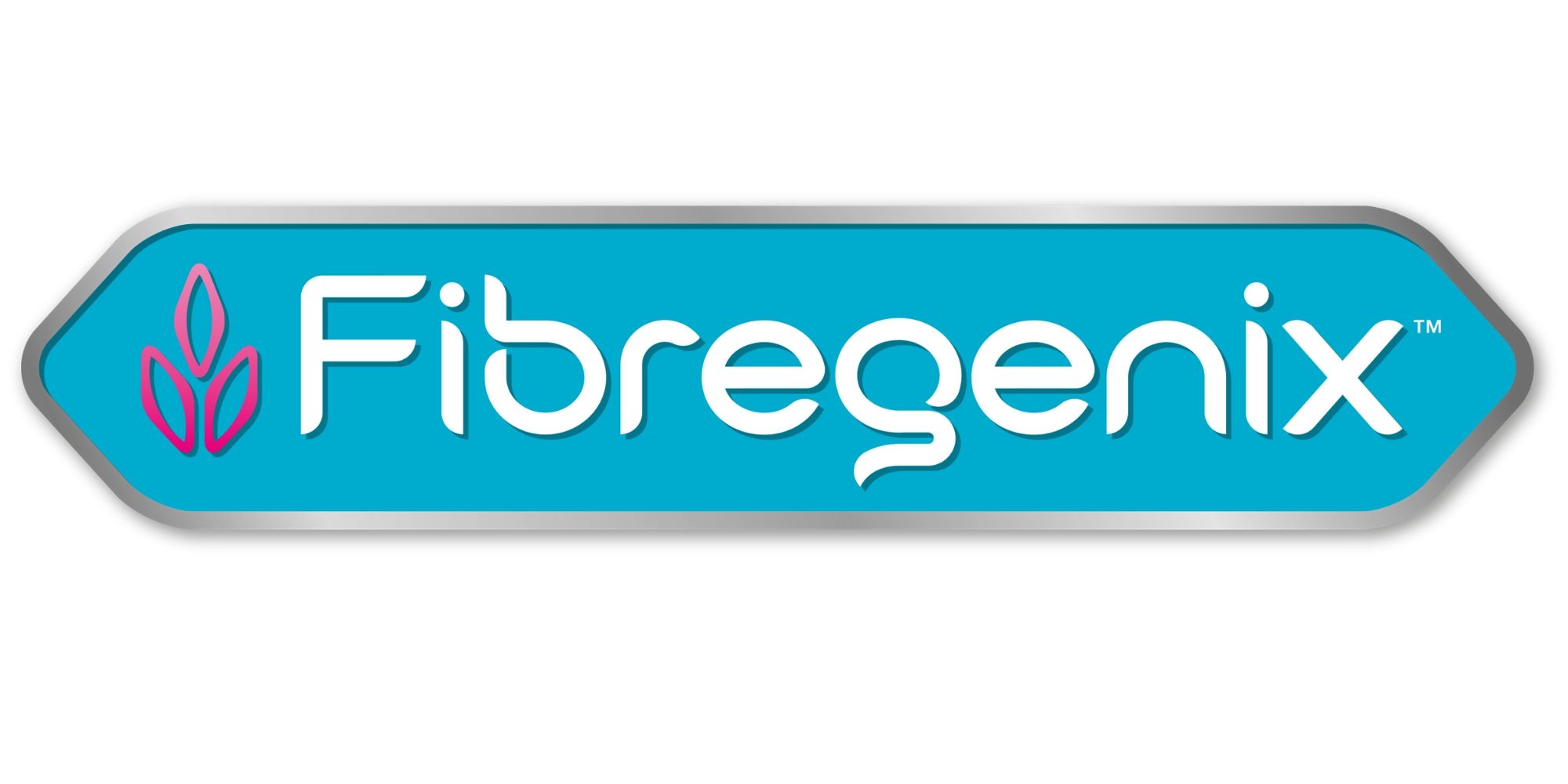
 The demand for feed balancers reflects a greater understanding of nutrition and gut health. We’re all aware of the importance of providing a more natural, high-fibre diet. Fibregenix feed balancers do much to support this way of feeding. They do this by promoting good hind-gut function through the inclusion of ingredients such as yeast cultures.
The demand for feed balancers reflects a greater understanding of nutrition and gut health. We’re all aware of the importance of providing a more natural, high-fibre diet. Fibregenix feed balancers do much to support this way of feeding. They do this by promoting good hind-gut function through the inclusion of ingredients such as yeast cultures.
 Studies have proven a direct link between diet and disease in horses. This means that improving the condition can often be achieved by adjusting the diet. Here’s how to feed horses with 4 common health conditions.
Studies have proven a direct link between diet and disease in horses. This means that improving the condition can often be achieved by adjusting the diet. Here’s how to feed horses with 4 common health conditions.